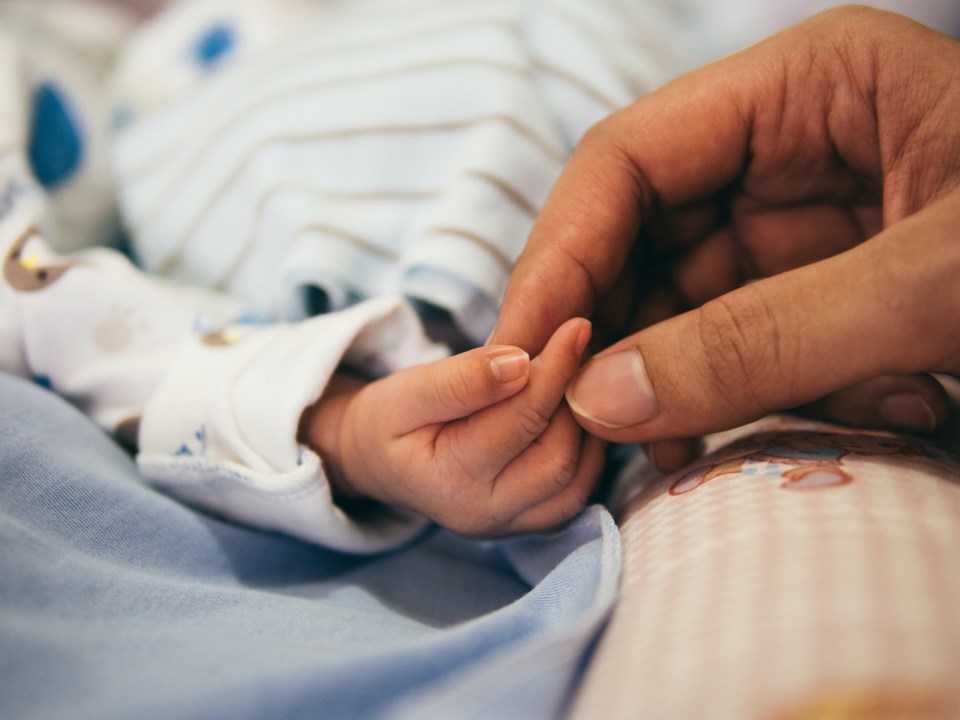For more than two decades, the Healthy Baby Healthy Children (HBHC) program has been providing families with necessary supports, aiming to enhance healthy early child growth and development.
But over those 20 years, the program has been slowly deteriorating due to a lack of funding – something that has only grown more apparent since the pandemic began.
“We’re really concerned about its erosion,” said director of community health and chief nursing officer for WDG Public Health, Rita Isley, in a presentation to the Board of Health on Wednesday.
Since its inception in 1998, the funding for the program has had few increases, despite increased staff and operating costs, as well as population growth and “the increase in the complexity of client needs,” the report reads.
It’s fully funded by the province and mandated by the Ministry of Children, Community and Social Services, but delivered by local health units – so there are provincial targets they are expected to meet, including how many births will receive a prenatal and postpartum screening, and how many families receive assessments and services.
But since the pandemic, they haven’t been meeting them: there is a significant gap between what the province expects them to do, and how much money they are given to meet those expectations.
In 2017, they requested additional funding as they hadn’t seen an increase since 2013, but it was shot down. Even the 2013 increase, she said, wasn’t fully sufficient: they were still forced to get creative to deliver the necessary services within budget constraints.
The pandemic only made things worse, and in 2022, their funding fell $89,254 short of what their operating and staffing budget called for.
The program includes services like early intervention, assessment, and referrals to the appropriate services, which could be for anything from identifying speech challenges or not meeting healthy growth milestones to families not making ends meet and needing access to appropriate food, housing or other supports.
There are also nurse and family friend visits: nurse visits focus on the medical and growth development concerns, while visitors help to develop healthy practices and activities in the home.
But to keep the program going, they’ve had to create waitlists, reduce the eligibility of people who qualify for the program, delay service delivery and spread out the frequency of visits for public health nurses and family visitors.
This is especially concerning now, Isley said, because of the “significant, worrisome” impacts the pandemic has had on children and families – all of which, she said, can be addressed through HBHC services.
She said children’s overall development has been affected by social isolation and socio-economic factors, and parents have indicated they have higher stress, fear, depression and financial losses, which further impacts their children. There has also been a rise in domestic and family violence.
“We know that our families are in worse condition than they were prior to the pandemic. We need to help them adjust, and help (their babies and young children) have the best start in life that they possibly can.”
While it's becoming increasingly challenging to do that, she said they're "working hard as a team to rebuild and get back into working towards those benchmarks and indicators.”
